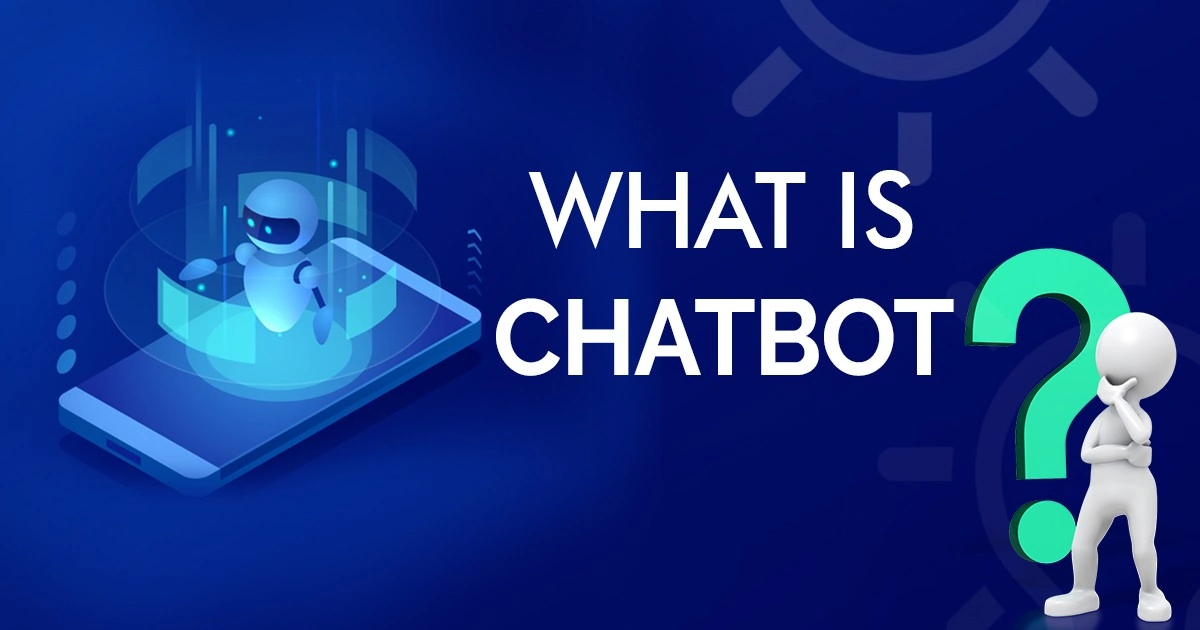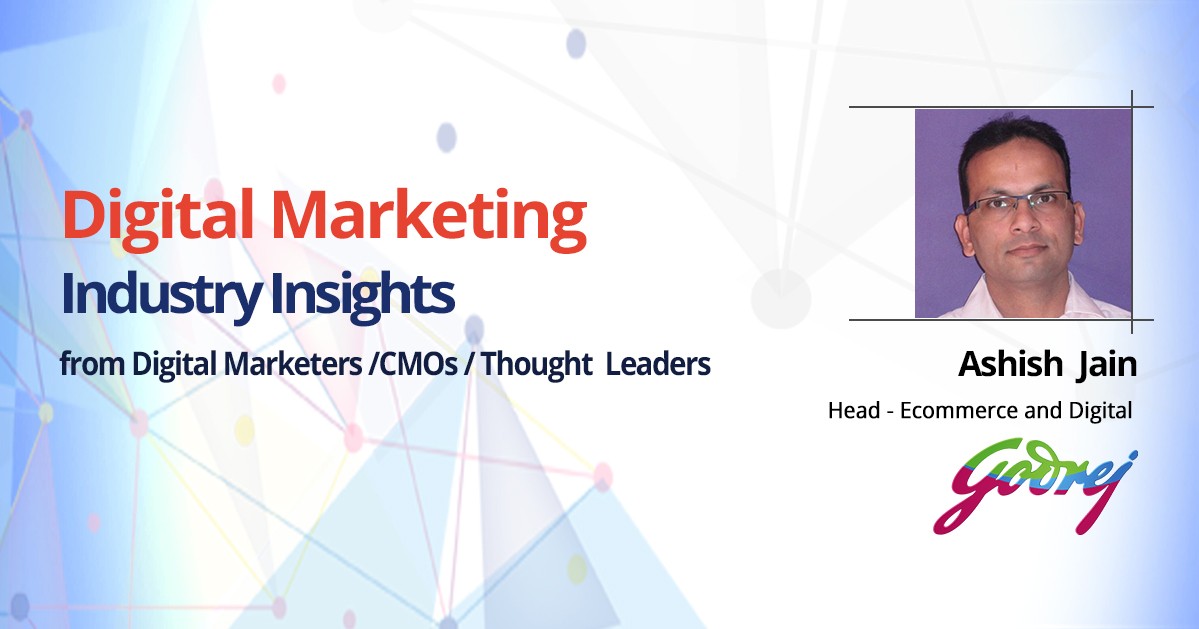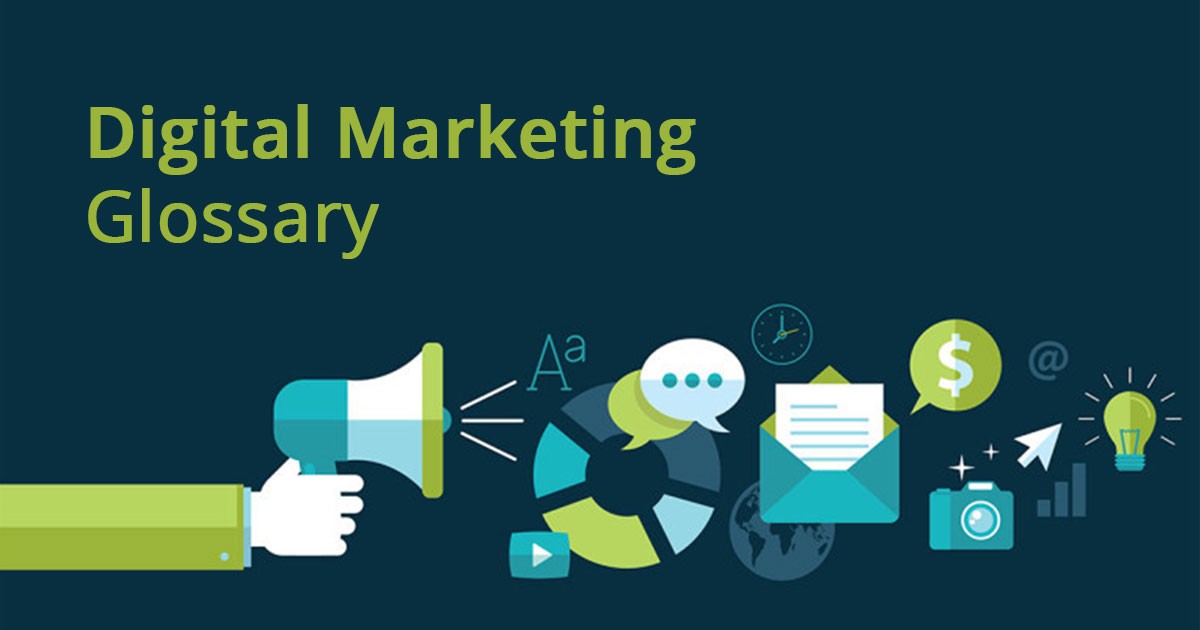Wish to develop an understanding on how to generate proactive leads? Want to hold an expertise in the same? Then have a look on the below webinar led by Mr. Saurabh Mathur, Co-founder & CEO of Connecto.
Q & A During Webinar
Q- Is there any analysis on how proactive chat like a live agent (say a user is on the site and a proactive chat pops up)? Let’s take it in a broader perspective. While adopting any of the proactive lead generation methodology, there is always a discussion about what extent you can really go when it is really becoming an intrusion. So are there any guidelines or steps or any study that has done on what extent is good enough?
Saurabh: There is not much literature because this is something new. I do not think these methods were even prevalent, some 2-3 years ago. I think if you practice this, the lines are very clear. You have to be honest in terms of all the reporting, whether it is a chat or any of these exercises that you use. You need to have a measure of what is anti-activity. It could be in case of chat triggers or close rates i.e. how many people are declining your chat request which ultimately becomes a question of correlation. Some of the users will not like it while some of the others will like it. These 2 questions could be separate.
You could say that while targeting you could make sure that the chat pops up only for the users who are stuck, so you should deploy certain level of targeting. The broader mechanism you are going to use more annoyance it will cause just like ads. The more contextual you make the ads; better the audience and lesser the annoyance on this. While doing proactive chat people have to be very careful so as not to annoy users and technology definitely makes it possible to understand better and if you are monitoring close rates or submission rates, you can immediately see what it is like if it is 50% close rate and 1% submission rate and the decision lies in your hand.
Q- Does survey polls pop up message work out well for service industry? I agree that it is an option for service based industry but do you suggest it for service based industry? What is the best way out? Is there any study for B2B or B2C? What do you think which industry is more appropriately suited or is it that everyone should start it?
Saurabh: Excellent question! I think surveys need more cells on B2B websites. Surveys are really useful when you have statistical significance behind them i.e. when you are actually trying to understand something. It has definitely got more sense for B2C but I would say that there would be no harm if you use it for B2B. It is just that the positive effects would be lesser it is a good engaging mechanism.
If I have to rate things that you could do on a B2B website, the surveys would be at number 3 or 4. Creating more content, distributing that content in the lead form is a more valid technique on a B2B website. The advantages of survey are for example you write a blog post that is bold and controversial and collect surveys around there might work.
Q- Where should we use pop-up windows for email subscription, in the website pages or in the blog? Are there any guidelines for how to place pop-ups and use them effectively?
Saurabh: I definitely recommend doing that on a blog simply because the user pattern is light here. Say a user lands on your blog and if he doesn’t liked it he will leave immediately and you do not show a pop-up but if he actually goes on to read the entire write-up, then it is the best time to ask them to either like you or do email subscription. This is probably the best chance to ask for a sign up and you should definitely do it and at that point the pop-up should appear because visibility should not be a concern. There is no negative side to it.
On your website pages also it would work but with some level of targeting say when a person has spent some time or has browsed few numbers of pages and it should interfere with the core content of the web page. The form factor, placement and the real estate should be such that they do not interfere with the main purpose of the website like when a pops-up comes in when a user is reading about your programme and interrupts it. It should be somewhere on one side of the website like a chat box in the right hand side and should not cause much concern to the user.
Q- How relevant or contextual is something like contacto with reference to brick and mortar service business like healthcare?
Saurabh: I think it is very well relevant. In case of brick and mortar services like healthcare and real estate it is relevant. Let’s say you were to research about a property or a healthcare service provider like which hospital to choose from, you will do Google search before that and go to the website. But the information you are going to find is never complete and you want to talk about it. Lead generation is very useful in terms of current market and matching them with the service providers. Gone are the days when people would pick up a pamphlet from your reception desk to know more about you.
This is a personal experience and I do not want to generalise it that the websites of the brick and mortar businesses are not changing everyday and they do not have much activity. So making sure that all the leads are getting correctly converted and reaching your CRM is a challenge. Since their time and focus is not on their website it doesn’t make sense for them to invest too much in their website itself and it is better to outsource a small portion of a product to make sure that this works correctly with the right messaging with the right targeting rather than changing the complete website and taking it to the new CRM or something like that. So, it is very relevant.
In fact, I want to compare a very alpha lead generation website like justdial or a brick and mortar who would want to use lead generation product or what we talked about, it would be a brick and mortar service because it is core to something like justdial. They are anyway investing a lot in terms of what they want to achieve from their website, all of these techniques that connecto or any such product provides but they would probably want to do those themselves.
Q- I have seen most of the sites are triggered with ‘free’ word to generate leads. As Digital Vidya we also do that, take up free orientation sessions and it really helps us also. Do you think focus on free captions with all letters capital, does it helps in generating leads? Do you think that it is right?
A- I think it does! It is just the way we think, it matters what is free. One thing I think is that there is a goodness aspect to it. The things we give out for free are essentially spreading goodness out there assuming the thing is actually worth it. So it a completely valid tactic. I also have a psychological impact and there is a definite positive correlation with lead generation. We have seen it numerable times. Of course if it is not exactly free, the definition of ‘free’ is subject to interpretation and it is then the visitors get annoyed and you could see an actual drop. But if you are actually giving out something for free, people will want to be in your contact.
Q- Is it possible to do similar kind of optimisation on social media presence in any way? Are there tools available on that?
A- Let me understand the question. You could use social media tools to increase your social media footprint that you know, you could use targeting, pop ups, chat or any of these methods to actually prompt the user to like or follow you, and so you are basically into how to increase your network. By asking the users to share you can trigger some sort of network effect as well in terms of presence. It cannot actually take up the role of somebody actually maintaining the brand and doing some activity on the social media and that would have to be accepting the Twitter where you put it entirely to simulate your full presence but you should definitely use it to and this is an opportunity loss.
There are so many customers out there who get value out of what you do on your website and may want to like your blog that they read, follow you on Twitter and why not. As they are not motivated themselves to do anything about it but if you give them the nudge they will do it.
Q- Do surveys really help in lead generation? Or is it a different activity altogether?
A- Surveys followed by a lead generation effort like a lead generation form or within the survey you ask for an email. If you think about it ask someone a question what would they like to sign up for a service, they would start thinking about it and they would try to make sure that they are not into something wrong but if start the conversation as what do you think is wrong with my service or what do you think we could do to improve ourselves, that would take them into more engaged mode of conversation and at the end we would say that would you be interested in knowing more about me. There is a book called ‘Influenced’ and I remember a chapter in that which says something in this regard as well. This is a much better line of conversation to have instead of asking them directly that would you like to sign up for this or that. So, definitely surveys help and there is no doubt about it.
Q- Can you please explain about exit intent? I am keen to know more about it.
A- The basic idea is this that every visitor on your landing page or web page spends some time there and then either they decide to sign up or they disappear. Let us take the situation of a ecommerce website where you are trying to buy something you are there and you actually added it to your cart and then you decided that may be you will buy it next month and then leave the page i.e. you are ready to exit from the website. You will cross it or close the tab. There is technology which looks at your mouse movements, direction of movement and speed of your mouse and decide whether it seems like you are about to leave the website. And, if it says yes the person is about to leave it sends exit triggers.
As a website, you have a chance to do something about it. You are basically showing them one last message something like ‘Hey! Do not go! I will give you 5% discount’! In a brick and mortar store, we have all done this and we have all seen it. It is just the digital equivalent of that. The same trade applies that if you make it worth their while to stop, they may actually buy the stuff but you say something irrelevant which is not taking cognisance of it they will leave the website. Then it will only annoy your visitors further. So what you say is actually very important here but it could be a way to hold back some of your drop outs.
Q- How does it works for someone like a brand consultant as its very qualitative service being offered and nothing tangible to offer like getting the user information and getting to filling up the form?
A- Basically there are 2 things. It doesn’t asks for the exact things to be mentioned but ultimately if you think about it, content marketing still applies to brand consultant or any non-tangible services. You talk about sort of services you provide, the results and the impact that you had on businesses and you could say that if you want to read more about this white paper on the final analysis of this entire situation, drop us your email address so that we can talk to you later. So that is sort of conversation you set up with your customer instead of just dumping everything on your website and hoping somebody would read it and give you a lead, you basically make this a process that you read certain part of what I have done and if you want to know more please tell me your email id and we will get in touch with you. Obviously, in return of that you are giving them some quality content that you have generated by your previous services.
This is an established way of what brand consultants are currently doing. I do not think any of the social media applies in this case and chat pulse doesn’t hold importance. Lead form generated content is a very valid strategy for non-tangible services.
Q- What type of contextual marketing can be done on a website like if I have to give a specific communication to a specific set of users, what are the possibilities through existing tools available in the market? How can I target the people who are not at all technical and they just want to ensure that they can get best possible target option. So what are the various ways that are currently available?
A- I will break that into 2 parts. One is the basic technology level that is there and the other is at the contact level what is there. In terms of basic web technology you can target by source i.e. where has the person come from say Google ads, search whatever. You can target by time spent, number of pages, how much the person has gone through the page as all those are easily targetable, the entire URL and everything related to the web URL. So certain categories of products you want to talk about, all those can be easily handled. Say you are talking about a blog.
There is a particular segment of blog that you want to talk about which contains the word ‘X’ in the URL, so that you can basically target by that. It is all easily possible. What is also now becoming easily possible is distinct dynamic level of targeting. It is just as the user on a website, they are leaving a trail in terms of context. Say a person is browsing for Flipkart and they are only looking for mobile phones and just checking about the new models and may be only Samsung phones. So, that is a sort of clip trail that you can summarise. So there are tools available which could essentially summarise the clip trails and give them through the marketer beforehand so that they can target it.
Anyone who comes on your website and is interested in mobiles, show them this. So, this person who was looking for Samsung mobiles will then see that sort of a message. So, all this is also now possible. More and more possibilities are now opening up because obviously with custom integration, anything can be targeted but more and more of these possibilities are coming but the question that remains is what works i.e. what could you actually make value out of? It is getting smarter and smarter. You can do completely targeted messaging to individuals.
Want to learn Digital Marketing from the industry experts? Sign up now for live and recorded webinars for developing an understanding on the same


















